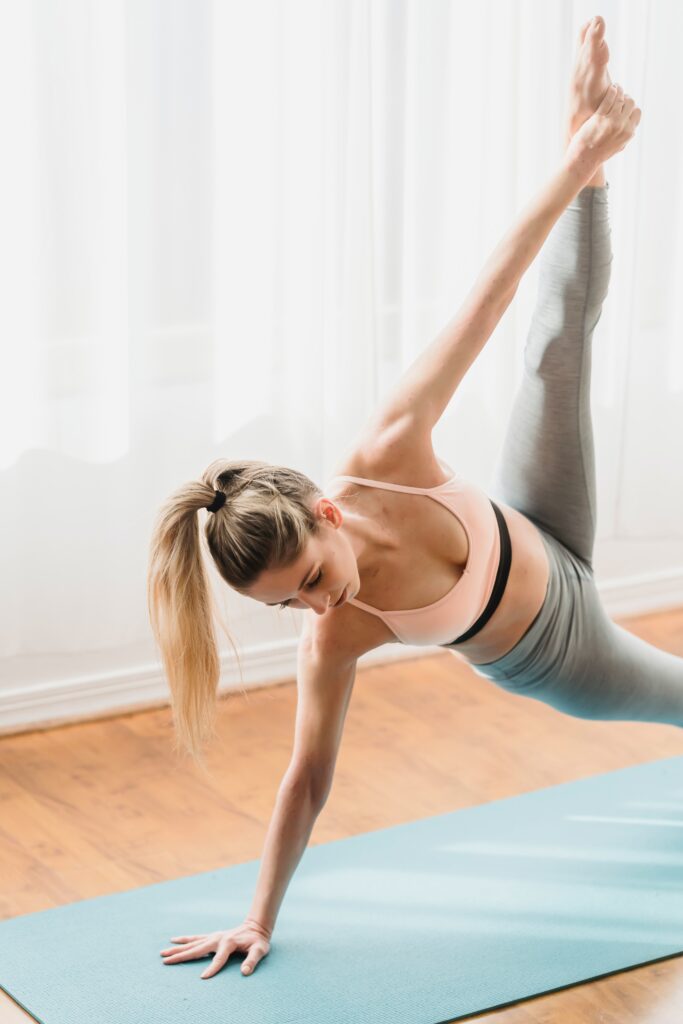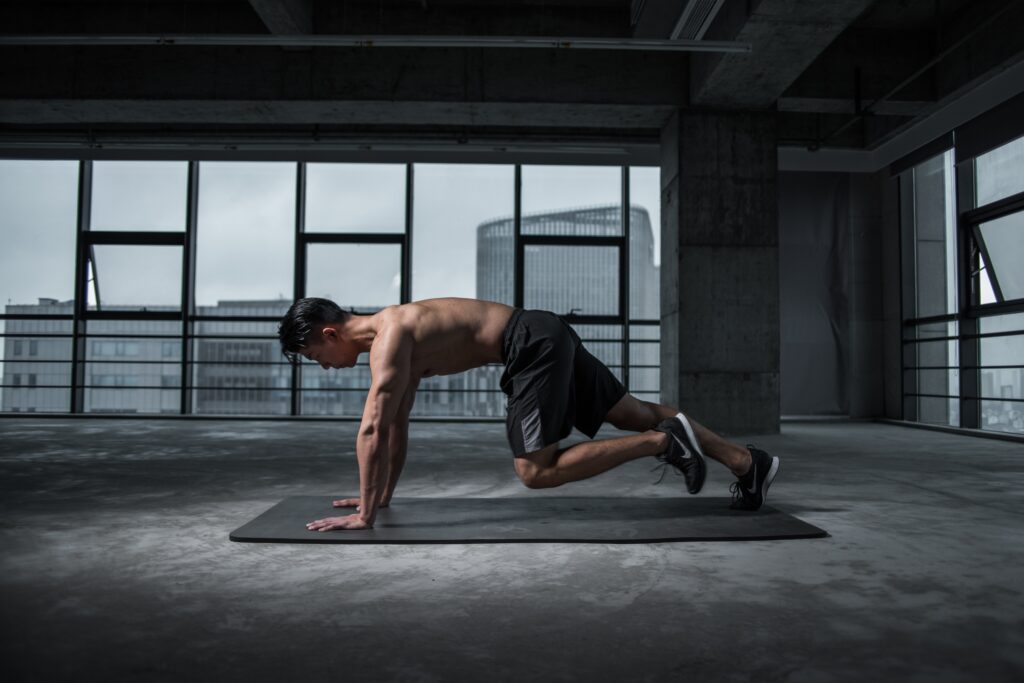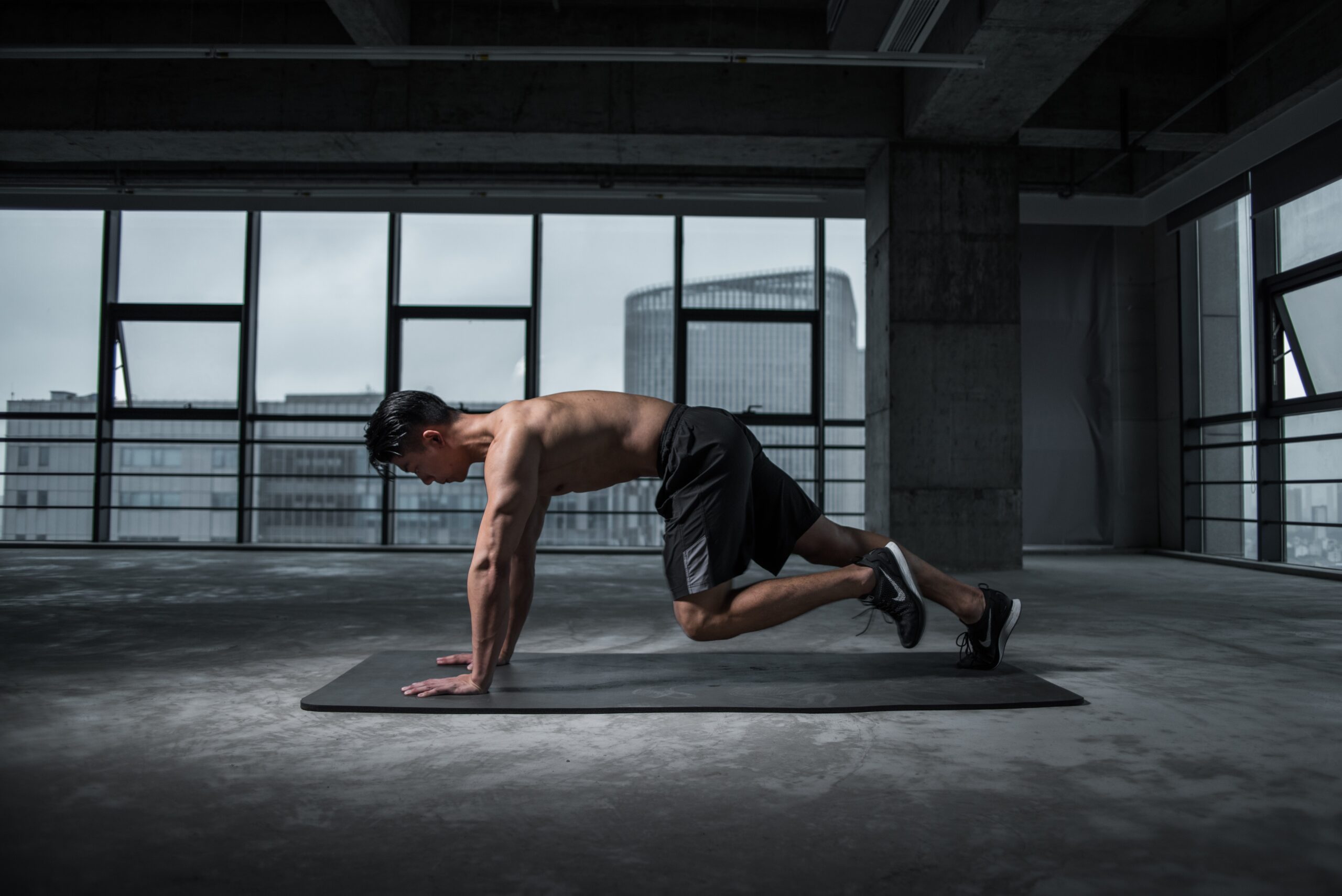In the pursuit of a strong and toned body, many fitness enthusiasts focus on core and leg exercises. One such exercise that effectively targets both areas is the plank leg raise. This versatile and challenging movement engages multiple muscle groups, helping you build a solid foundation for improved athletic performance and overall functional fitness. In this article, we will explore the plank leg raise in detail, its benefits, variations, and how to incorporate it into your workout routine.
What is Plank Leg Raises?
Plank leg raises are a compound exercise that combines the benefits of the traditional plank with the additional challenge of raising one leg at a time. The exercise primarily targets the core muscles, including the rectus abdominis, transverse abdominis, and obliques, while also engaging the glutes, quadriceps, and hip flexors.

The Importance of Core and Leg Strength
Having a strong core is essential for overall stability and balance. It not only supports your spine but also helps you maintain proper posture in everyday activities and during workouts. Similarly, strong legs are crucial for functional movements like walking, running, and climbing stairs. Incorporating plank leg raises into your fitness routine can significantly improve both core and leg strength.
Benefits of Plank Leg Raises
Strengthening Core Muscles
As you lift one leg at a time during plank leg raises, your core muscles work harder to stabilize your body. This constant engagement strengthens the abdominal muscles, resulting in better core stability and a reduced risk of lower back pain.
Building Leg Muscles
Plank’s leg raises effectively target the quadriceps and hip flexors, helping to build strength and muscle mass in your legs. Stronger legs are not only aesthetically appealing but also contribute to improved athletic performance.
Enhancing Balance and Stability
Performing plank leg raises requires maintaining stability in a challenging position. This exercise helps improve your balance and coordination, which is beneficial for various physical activities and sports.
Improving Flexibility
Plank’s leg raises also contribute to increased flexibility in the hamstrings and hip flexors. Regular practice can lead to improved range of motion, reducing the risk of injury during physical activities.
How to Perform Plank Leg Raises Correctly
- Basic Plank Position: Start in a plank position with your hands shoulder-width apart and your body forming a straight line from head to heels.
- Raising One Leg: Lift one leg a few inches off the ground while maintaining the plank position. Hold for a few seconds before lowering it back down. Repeat with the other leg.
- Alternating Leg Raises: Raise one leg, lower it, and then lift the other leg. Continue alternating between legs for the desired number of repetitions.
- Adding a Resistance Band: To increase the intensity, you can add a resistance band around your ankles while performing leg raises.
Common Mistakes to Avoid
- Arching Your Back: Avoid arching your back or lifting your hips too high, as it can strain your lower back.
- Raising Hips Too High: Keep your body in a straight line, and avoid raising your hips higher than your shoulders.
- Incorrect Breathing: Breathe naturally throughout the exercise; do not hold your breath.

Incorporating Plank Leg Raises into Your Workout Routine
There are several ways to incorporate plank leg raises into your workout routine:
- Full-Body Workout Circuit: Add plank leg raises to a circuit that includes other compound exercises for a comprehensive full-body workout.
- HIIT (High-Intensity Interval Training): Include plank leg raises in your HIIT routine for an effective fat-burning workout.
- Core Strengthening Routine: Create a core-specific workout by combining plank leg raises with other core exercises.
Plank Leg Raise Variations
- Side Plank Leg Raises: Perform leg raises in a side plank position to target the obliques and hips.
- Plank with Knee Tucks: Instead of raising your legs, bring your knees toward your chest while in the plank position.
- Plank Jacks: Incorporate a jumping motion, spreading your legs wide and then bringing them back together while maintaining the plank.
- Spiderman Plank: During leg raises, bring your knee to your elbow on the same side for an extra challenge.
Advanced Plank Leg Raise Movements
- Plank to Push-Up: From the plank position, transition into a push-up, and then return to the plank before lifting one leg.
- Plank with Leg Lifts: Lift one leg as high as possible while keeping it straight and then repeat with the other leg.
- Plank with Shoulder Taps: During plank leg raises, lift one hand off the ground and tap your opposite shoulder, alternating sides.

The Benefits of Combining Plank Leg Raises with Other Exercises
- Creating a Balanced Workout Routine: Pairing plank leg raises with exercises targeting different muscle groups ensures a well-rounded workout.
- Maximizing Caloric Burn: Compound movements like plank leg raises help burn more calories in less time.
- Preventing Workout Plateaus: Regularly introducing variations keeps your body challenged, avoiding performance plateaus.
Conclusion
Plank’s leg raises are a dynamic and effective exercise that engages your core and leg muscles, promoting overall strength and stability. By incorporating different variations into your workout routine, you can continually challenge yourself and experience significant improvements in your fitness level. Remember to perform the movements with proper form and breathing techniques to reap the full benefits of this exercise.
Frequently Asked Questions
- Is it normal to feel wrist pain during plank leg raises?
- It is common to experience wrist discomfort due to the pressure placed on them during plank leg raises. Consider using push-up handles or performing the exercise on your forearms to alleviate the strain.
- Can beginners perform plank leg raises?
- Yes, beginners can perform plank leg raises. Start with the basic leg raises and gradually increase the difficulty as your core and leg strength improve.
- How many calories can I burn with this exercise?
- The number of calories burned during plank leg raises depends on various factors, including your weight, intensity, and duration of the exercise. On average, you can expect to burn around 8-10 calories per minute.
- Should plank leg raises be done every day?
- Like any exercise, it’s essential to give your muscles time to recover. Avoid performing plank leg raises every day to prevent overtraining and allow your muscles to rest and rebuild.
- Can I do plank leg raises if I have lower back pain?
- If you have lower back pain, consult with a fitness professional or healthcare provider before attempting plank leg raises. They can help determine if the exercise is suitable for your condition or recommendation

